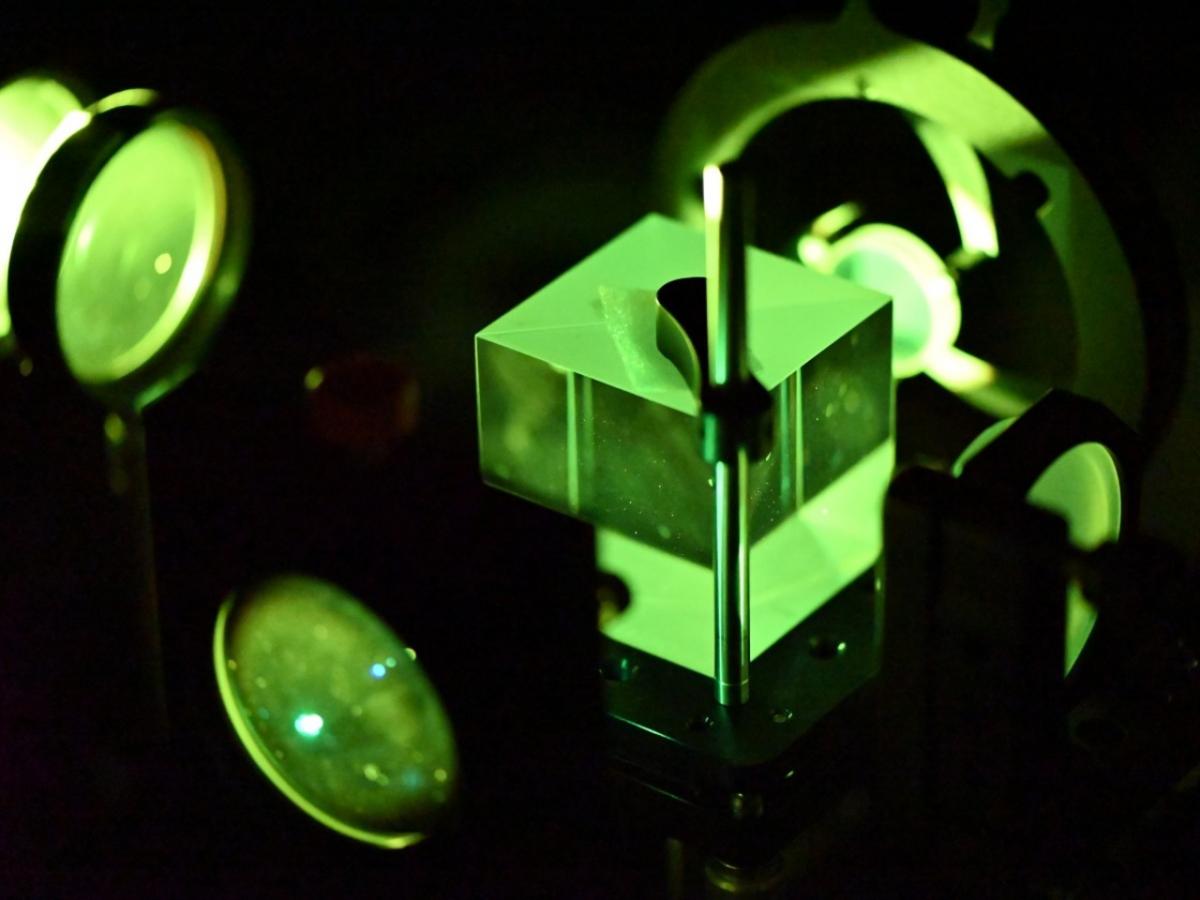
Scientists from the Joint Laboratory of Optics, a collaboration between Palacký University and the Institute of Physics of the Czech Academy of Sciences, have significantly refined and improved the efficiency of quantum entanglement tests, which play a crucial role in the development of quantum computers, by incorporating artificial intelligence. Their research results were recently published in the prestigious journal Physical Review Research.